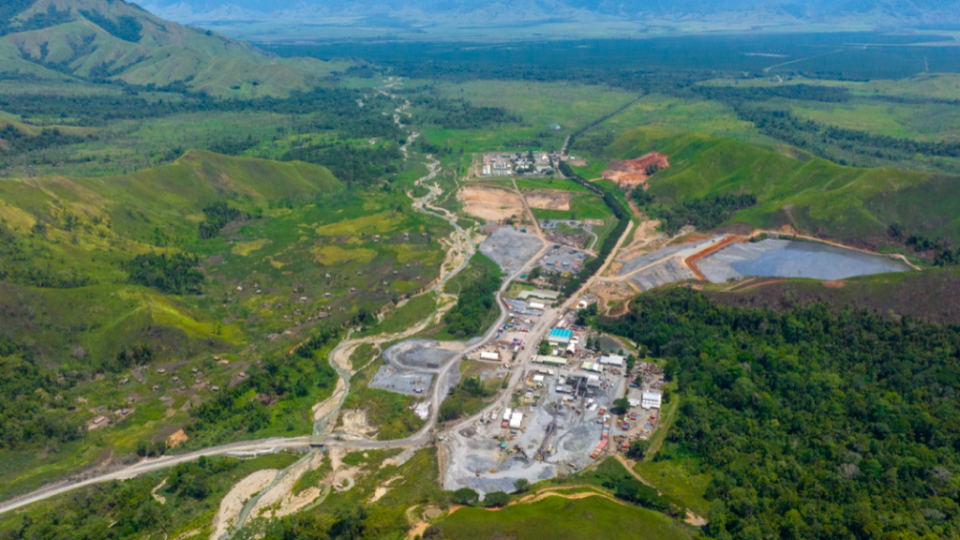Great Pacific Gold Corp. (TSXV: GPAC; OTCQX: FSXLF; FSE: V3H) has provided an update on its exploration activities at the Wild Dog Project, located in East New Britain, Papua New Guinea. The company is ramping up efforts to unlock the potential of this district-scale project, which includes advanced gold-copper targets and significant exploration upside.
Key Developments at Wild Dog
MobileMT Geophysics Survey Underway – A helicopter-borne MobileMT geophysics survey is being conducted over a 187 km² area, covering 1,030 line kilometers. This survey aims to map structural and lithological features that control high-grade gold and copper mineralization along the 11-kilometer Wild Dog structural corridor. Approximately 30% of the survey is complete, with results expected to refine targets for upcoming drilling campaigns.
Drilling Program Set to Launch – A drilling contract has been signed with Zenex Drilling, and a dual-purpose drill rig is scheduled to arrive on-site by April 22, 2025. Drilling will commence in early May as part of a Phase I program targeting key zones along the Wild Dog epithermal vein structure. The plan includes 14 diamond drill holes totaling 4,800 meters, focusing on both epithermal and porphyry-style mineralization.
Completion of NI 43-101 Technical Report – An independent technical report prepared by RSC has reviewed historical exploration data and recommended a phased drilling approach. The report highlights significant potential, citing high-grade trench samples (up to 127 g/t gold) and widespread alteration systems as indicators of a robust mineralizing system.
Community Engagement – A community celebration held on March 29 in Rieit attracted over 5,000 attendees, including local leaders and government officials. Great Pacific Gold emphasized its commitment to fostering economic development and employment opportunities for local communities.
The Wild Dog Project encompasses two exploration licenses totaling 1,424 km². Historical data suggests strong potential for both high-sulphidation and low-sulphidation epithermal gold-copper systems, as well as porphyry copper-gold targets at Magiabe and Mt Regess. The project’s geology is characterized by north-northwest-striking fault systems and extensive hydrothermal alteration zones.
The MobileMT survey is particularly critical given the region’s challenging conditions, including deep tropical weathering and ash cover that obscure much of the underlying geology. By mapping subsurface structures, the survey aims to identify feeder systems and refine priorities for both Phase I and Phase II drilling programs.
Greg McCunn, CEO of Great Pacific Gold, described the project as having “tremendous potential” and expressed optimism about the upcoming drilling campaign. “Exploration activity has ramped up during Q1,” he noted, adding that Q2 will be pivotal as geophysics are completed and drilling begins.
Callum Spink, VP Exploration, emphasized the significance of launching the first modern drill campaign at Wild Dog. “With historical intercepts indicating high-grade gold, this program aims to confirm and extend those results,” he stated.
The Wild Dog Project has seen limited exploration since mining operations ceased at the Sinivit deposit in 2013. Previous owners conducted over 25,000 meters of diamond drilling but left much of the area underexplored due to logistical challenges and ash cover. Great Pacific Gold’s renewed focus aims to address these gaps through modern techniques like airborne geophysics and systematic drilling.
The Phase I drilling program is expected to validate historical findings while generating new data to support resource estimation efforts. If successful, Phase II will expand exploration across additional targets identified through geophysical surveys and geological mapping.
Great Pacific Gold’s advancements at Wild Dog position it as a key player in unlocking Papua New Guinea’s mineral potential while fostering local economic benefits.

